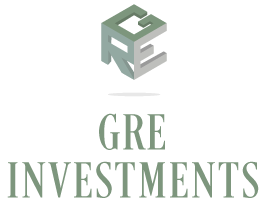Investment Philosophy & Criteria
GRE is continually evaluating investment opportunities in the markets where we are active. With more than 35 years of real estate investment experience, GRE has developed and maintains strong relationships with developers, owners, brokers, bankers and management firms. As a result, many of the properties submitted to us are never subject to the traditional and potentially costly bidding process. GRE also leverages its network to gain insight into market trends that can influence leasing, investor demand and potential legislative initiatives impacting land use, taxation or incentives.
GREs investment philosophy ensures that acquisitions are only made when market conditions and prudent investment practices align. Our guiding principles for each investment are as follows:
Acquisitions Criteria
Generally, deal size will fall with the range of $2.0 to $20 million. Summary property specific criteria that will be used to evaluate opportunities will include the following:
